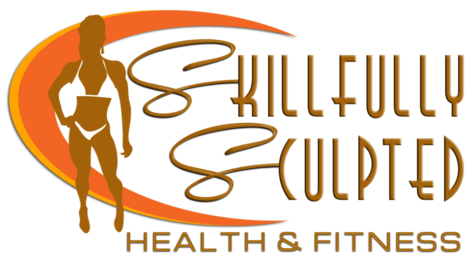Roll-downs are the perfect go-to movement for when you’re experiencing lower back tightness. In this quick video, we’ll be covering how to correctly perform this exercise. We’ll also look at a couple variations that you can add to the movement.
As mentioned, roll-downs are excellent for relieving tension in the low back. Along with that, it’s also a great way to assist in maintaining an upright posture. When going through the movement, you want to visualize the spine rounding down bone by bone. This helps us to get more articulation of the spine, which is something that is often focused on in Pilates. I like to cue roll-downs by instructing clients to imagine that they are peeling away from an imaginary wall. By doing so, you prevent yourself from going into a flat-back hinge and allow the lumbar spine to be stretched.
As you’re rounding towards and away from the ground, let your upper body remain heavy. Notice if you’re holding on to tension in the shoulders or upper back and aim to relax those areas. For many of us, it’s almost second nature to draw the shoulders up due to the positions we’re in on a daily basis. Roll-downs offer us the benefit of becoming more aware of this while practicing the move.
Putting a soft bend in the knees is suggested as it assists in getting more stretch in the lower back. Lastly, don’t ignore the work that the core is doing throughout this movement. The abdominal muscles are working to help control the movement and prevent you from just slumping down to the ground.
Even if you’re not experiencing lower back tightness, roll-downs can be nice for a quick break or to put in at the end of a workout. Hopefully this video gives you a good idea of what to think about when performing them. Let me know how it goes in the comments below. And if you’d like to move through a short stretch routine afterward, check out this 3-minute full body stretch!






